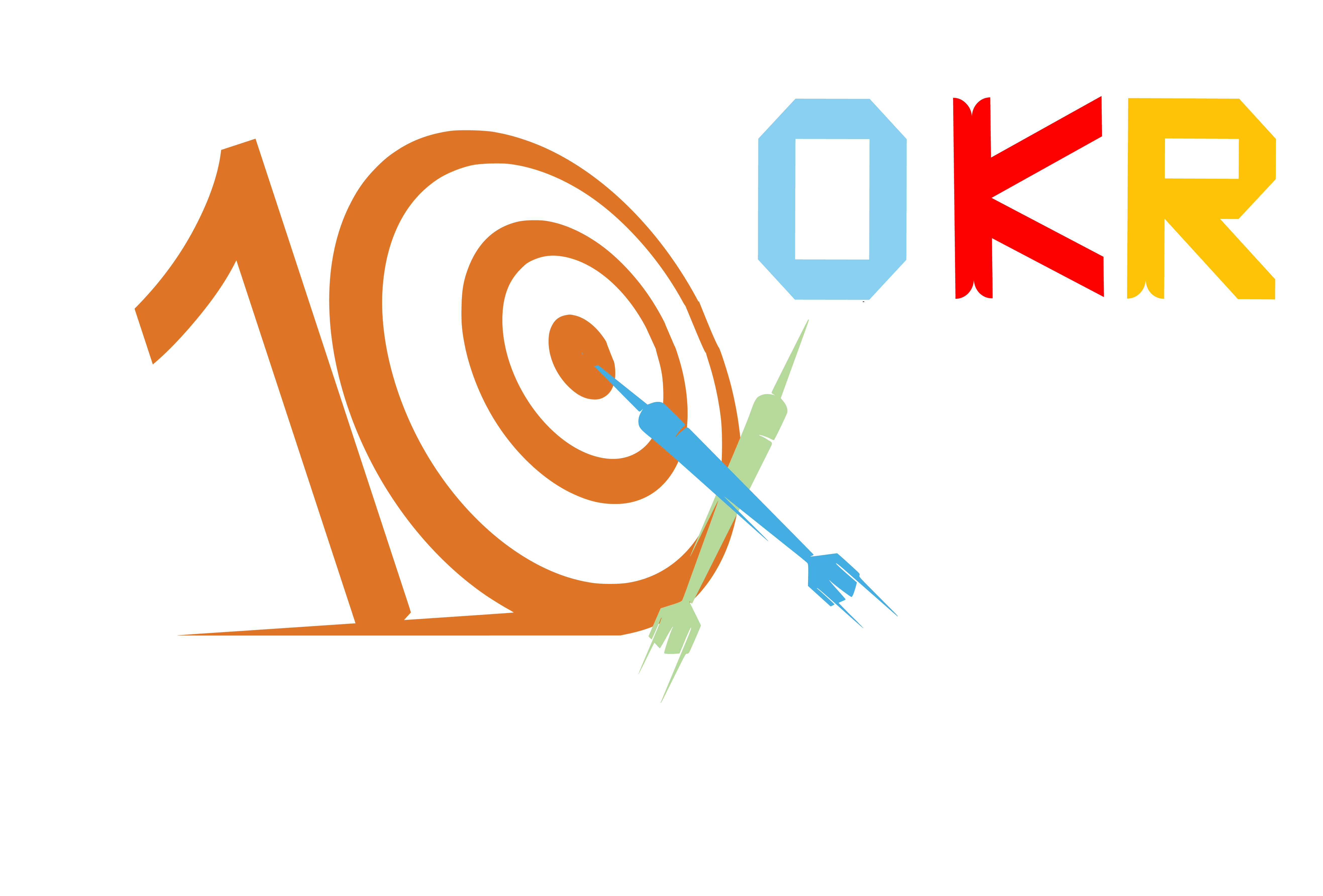Table of Contents
12 Customer Service KPI Examples to Drive Business Growth
In the vast ocean of business success, customer support stands as a mighty vessel, navigating through the stormy seas of customer inquiries and concerns. It is a vital cornerstone for building strong relationships and fostering customer loyalty. In this dynamic and customer-centric era, organisations must recognise the paramount importance of customer support and the indispensable role of Key Performance Indicators (KPIs) in driving its success.
Recent research conducted by HubSpot reveals a striking statistic: an overwhelming 93% of customers are strongly inclined to make repeat purchases when they experience excellent customer service. Customer support is the lifeline that connects businesses with their customers, bridging gaps and addressing their needs.
Customer Support KPIs metrics, like mischievous sea critters, offer unique insights into the performance of your support team. Each KPI critter possesses a special power, revealing valuable information about response time, customer satisfaction, and other crucial aspects.
In this blog, we embark on a voyage to explore the significance of customer support KPIs and examples. We will dive into the depths of key metrics, such as speed of response, resolution rate, customer feedback, and more, uncovering their hidden treasures. So, hoist the anchor, set sail, and let the adventure begin as we embark on this captivating journey through the world of customer support KPIs.
What are Customer Service KPIs?
Customer Service Key Performance Indicators (KPIs) are measurable metrics used to evaluate the effectiveness and efficiency of a customer service team or department. These KPIs help organisations monitor their customer service performance, identify areas for improvement, and measure the impact of customer service efforts.
Examples of Customer Support KPIs
Many different customer service KPIs can be tracked, but some of the most important ones include:
1. Customer Satisfaction Score (CSAT):
This measures how satisfied customers are with the overall customer support experience. It is typically measured on a scale of 1 to 10, with 10 being the most satisfied.
To calculate CSAT, you can send out surveys to customers after they have interacted with your customer support team.
For example, you could ask customers: “How satisfied were you with the overall customer support experience?
2. First Contact Resolution (FCR):
This measures how many customer issues are resolved during the first interaction with a customer support representative. A high FCR rate indicates that customers can avoid repeating themselves or going through multiple channels to get their issues resolved.
For example, you could track the number of tickets that are closed with a status of “Resolved” within the first 24 hours of being opened.
3. Average Handle Time (AHT):
This is a measure of how long it takes customer support representatives to resolve customer issues. A high AHT rate can indicate that customer support representatives are overworked or that they are not being given the tools and resources they need to do their jobs effectively.
For example, you could track the average time it takes customer support representatives to respond to a ticket, the average time it takes customer support representatives to gather information from the customer, and the average time it takes customer support representatives to resolve the issue.
4. Cost per Resolution (CPR):
This is a measure of how much it costs to resolve a customer issue. A high CPR rate can indicate that customer support is not efficient or that the company is using expensive channels to resolve customer issues.


To calculate CPR, you can track the total cost of customer support, including the salaries of customer support representatives, the cost of software and hardware, and the cost of training. You can then divide the total cost of customer support by the number of customer issues resolved. For example, if the total cost of customer support is $100,000 and you resolve 10,000 customer issues, your CPR would be $10.
5. Customer Effort Score (CES):
This is a measure of how easy it is for customers to get their issues resolved. A high CES rate indicates that customers are finding the customer support experience to be easy and efficient.
The survey should ask customers to rate how easy it was to resolve their issue on a scale of 1 to 10, with 10 being the easiest. For example, you could ask customers the following question: “How easy was it for you to get your issue resolved?
6. Volume by Channel:
This measures how many customer interactions are happening through each channel, such as phone, email, chat, or social media. This information can be used to identify which channels are most popular with customers and ensure enough resources are available to handle customer inquiries through each channel.
To calculate volume by channel, you can track how many customer interactions happen through each channel, such as phone, email, chat, or social media. For example, you could track the number of tickets that are opened through each channel.
7. Top Topics
This is a measure of the most common customer issues. This information can be used to identify areas where the company can improve its products or services, create better training materials for customer support representatives, or develop new self-service tools.
To identify the top topics, you can track the most common customer issues. You can do this by analysing the text of customer tickets or by asking customers to self-select the topic of their issue when they open a ticket. For example, you could track the top 10 most common customer issues.
8. Consistent Resolutions
This is a measure of how often customer issues are resolved in the same way, regardless of which customer support representative the customer interacts with. A high consistent resolution rate indicates that customer support representatives are following the same procedures and being trained effectively.
To calculate consistent resolutions, you can track how often customer issues are resolved in the same way, regardless of which customer support representative the customer interacts with. For example, you could track the number of times a customer issue is resolved with a specific solution.
9. Net Promoter Score (NPS)
This is a measure of how likely customers are to recommend a company to their friends and colleagues. It is typically measured on a scale of 0 to 10, with 10 being the most likely to recommend.
To calculate NPS, you can send out surveys to customers after they have made a purchase. The survey should ask customers to rate how likely they are to recommend your company to their friends and colleagues on a scale of 0 to 10, with 10 being the most likely to recommend. For example, you could ask customers the following question: “How likely are you to recommend our company to a friend or colleague?”
10. Customer Retention Rate
This measures how many customers continue to do business with a company after their initial purchase. A high customer retention rate indicates that customers are satisfied with the company’s products or services and that they are likely to continue doing business with the company in the future.
For example, you could track the number of customers who make a second purchase within one year of their initial purchase.
11. Employee Satisfaction Score (ESAT)
This is a measure of how satisfied employees are with their jobs. A high ESAT rate indicates that employees are happy with their work and that they are likely to stay with the company in the future.
The survey should ask employees to rate their job satisfaction on a scale of 1 to 10, with 10 being the most satisfied. For example, you could ask employees the following question: “How satisfied are you with your job?”
12. Employee Turnover Rate
This is a measure of how often employees leave the company. A high employee turnover rate can indicate that employees are unhappy with their jobs or that the company needs to provide them with the resources they need to be successful.
Tracking these KPIs can help you to improve your customer support performance and to ensure that your customers are getting the best possible experience.
Related Articles
Here are some additional tips for using customer service KPIs:
- Choose the right KPIs for your business: Not all KPIs are created equal. The KPIs that are most important for your business will depend on your specific goals and objectives.
- Track your KPIs over time: Tracking your KPIs over time will help you to identify trends and make improvements to your customer service.
- Set goals for your KPIs: Setting goals for your KPIs will help you to stay motivated and track your progress.
- Share your KPIs with your team: Sharing your KPIs with your team will help to get everyone on the same page and working towards the same goals.
- By following these tips, you can use customer service KPIs to improve the effectiveness of your customer service team and provide a better customer experience.
Conclusion
Customer Service is an important part of any business. By tracking customer service KPIs, businesses can gain valuable insights into how well their customer service team is performing. This information can then be used to make changes to improve the customer experience and ultimately increase customer loyalty and retention.



